How to Find the Best Temperature for a Good Night's Sleep
The National Institute of Health discovered humans spend nearly one-third of their lifetime sleeping — or at least trying to sleep. The right environment and temperature can impact one's chances of getting a good night's sleep. A study from Science Advances found that warmer nighttime temperatures can often contribute to insufficient sleep.
Every aspect of your life may become more challenging if you are lacking sufficient sleep, particularly if it happens frequently. You might experience exhaustion, lethargy, lack of motivation, and/or irritability. Insufficient sleep can weaken your immune system, making it more difficult to fend off diseases. When going to bed, it's important to set your AC to the best AC temperature for sleeping. If your home is too hot or too cold or if you are having problems with your AC unit, you may not be able to sleep very well.
What is the best AC temperature for sleeping?
The general rule of thumb for setting your thermostat for sleep can vary slightly, but 65 degrees is the best AC temperature for sleeping. But like a lot of things in life, there's no one size fits all. If 65 degrees is a little too chilly for your personal preferences, it is advisable to aim for any number in the temperature range of 60 to 72 degrees.
What is the best AC temperature for sleeping in summer?
The Department of Energy stated that the best AC temperature for sleeping in summer is 78 degrees Fahrenheit (25.5 degrees Celsius).
What is the best AC temperature for sleeping in winter?
When you are at home, the best thermostat temperature in the winter is 68 degrees Fahrenheit. But what is the temperature to set the thermostat in winter at night? The best temperature to set the thermostat in winter at night is about 10-12 degrees Fahrenheit or 6-8 degrees Celsius. It is also an appropriate temperature for when you're away.
Why does temperature matter for sleep?
There's a science to how temperature affects sleep. This relates to your body's internal temperature regulation. Your body's internal temperature shifts during a 24-hour period. This is known as a circadian rhythm.
By coordinating with the rhythms of our core body temperature, setting the temperature to midway between 60 and 72 degrees helps produce the ideal environment for sleep. This temperature range is excellent since our body's circadian rhythm regulates changes in core body temperature, which fall in the evening and correlate with the release of melatonin from the brain.
This temperature drop can be further encouraged by a cool room setting, enhancing our sleep quality. Our bodies start producing the hormone melatonin, which is important for controlling sleep as it gets darker. Our brains receive a signal from melatonin that it is time to go to sleep. In the morning, as melatonin production slows, our brains receive a similar signal to wake up.
How to find the best temperature for a good night's sleep?
Implementing the following tips in your bedroom can help optimize your bedroom temperature for a good night's sleep:
- Lessen the accumulation of heat during the day by closing the blinds.
- Regularly clean your AC vents and replace your filter.
- During the summer, relocate downstairs.
- At night, lower the thermostat.
- In warm climates, use a fan or air conditioner; on chilly nights, use a hot water bottle.
- Open the windows to allow fresh air in.
- Use the ideal mattress, sheets, duvet, comforter, pillow, and pajamas for temperature regulation to lessen perspiration.
- Before going to bed, take a warm bath to promote a natural cooling effect.
You can also hire professionals to check your heating and cooling systems if you are having issues with your home temperature. Some reasons to call an expert can include inconsistent temperatures, air and water leaks, a decline in the quality of air, and abnormal noises from your unit. If you experience any of these problems call (770) 532-9130 to connect with expert technicians at Gainesville Mechanical Inc. At Gainesville Mechanical Inc., we also provide complete residential and commercial heating, air and plumbing services.
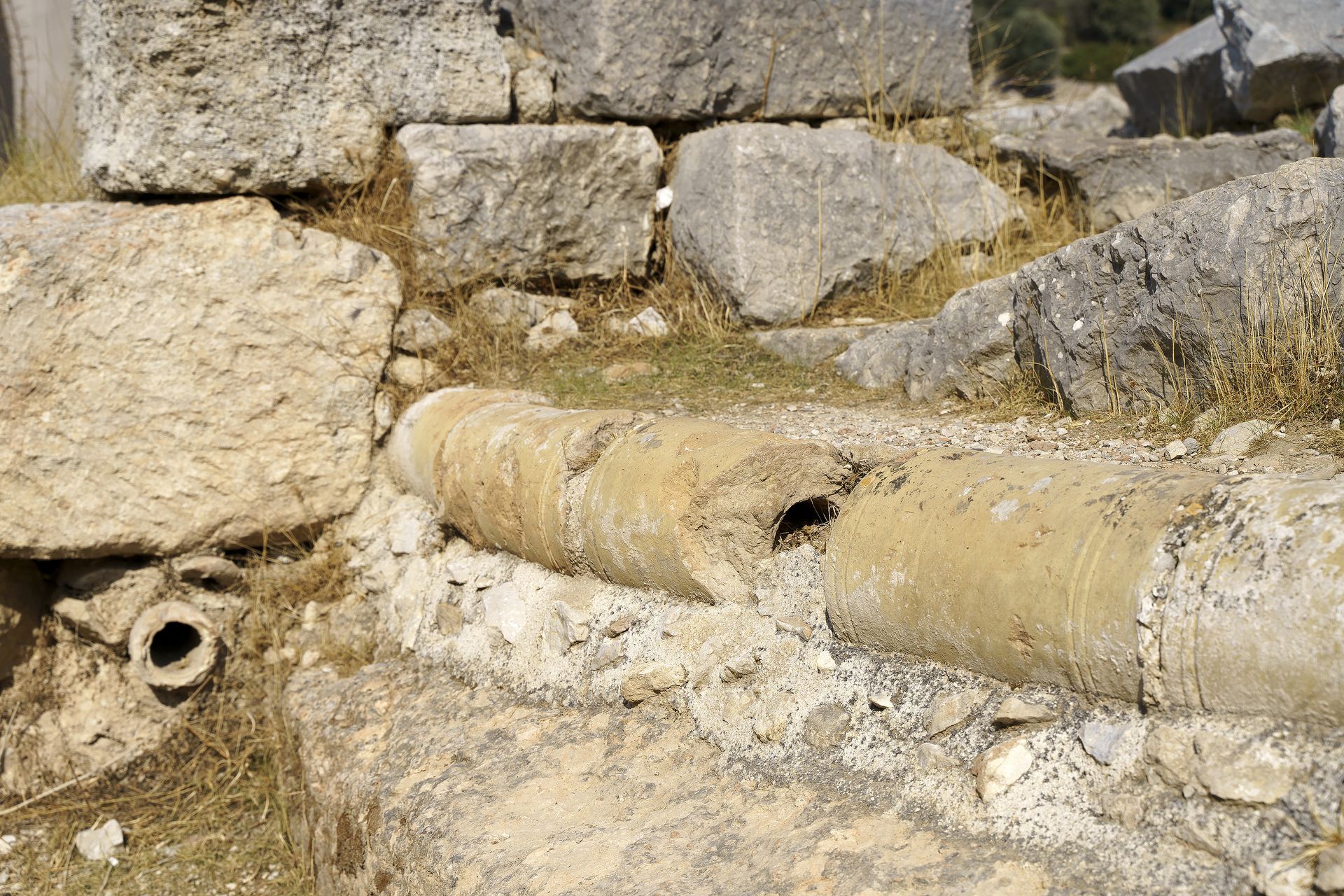


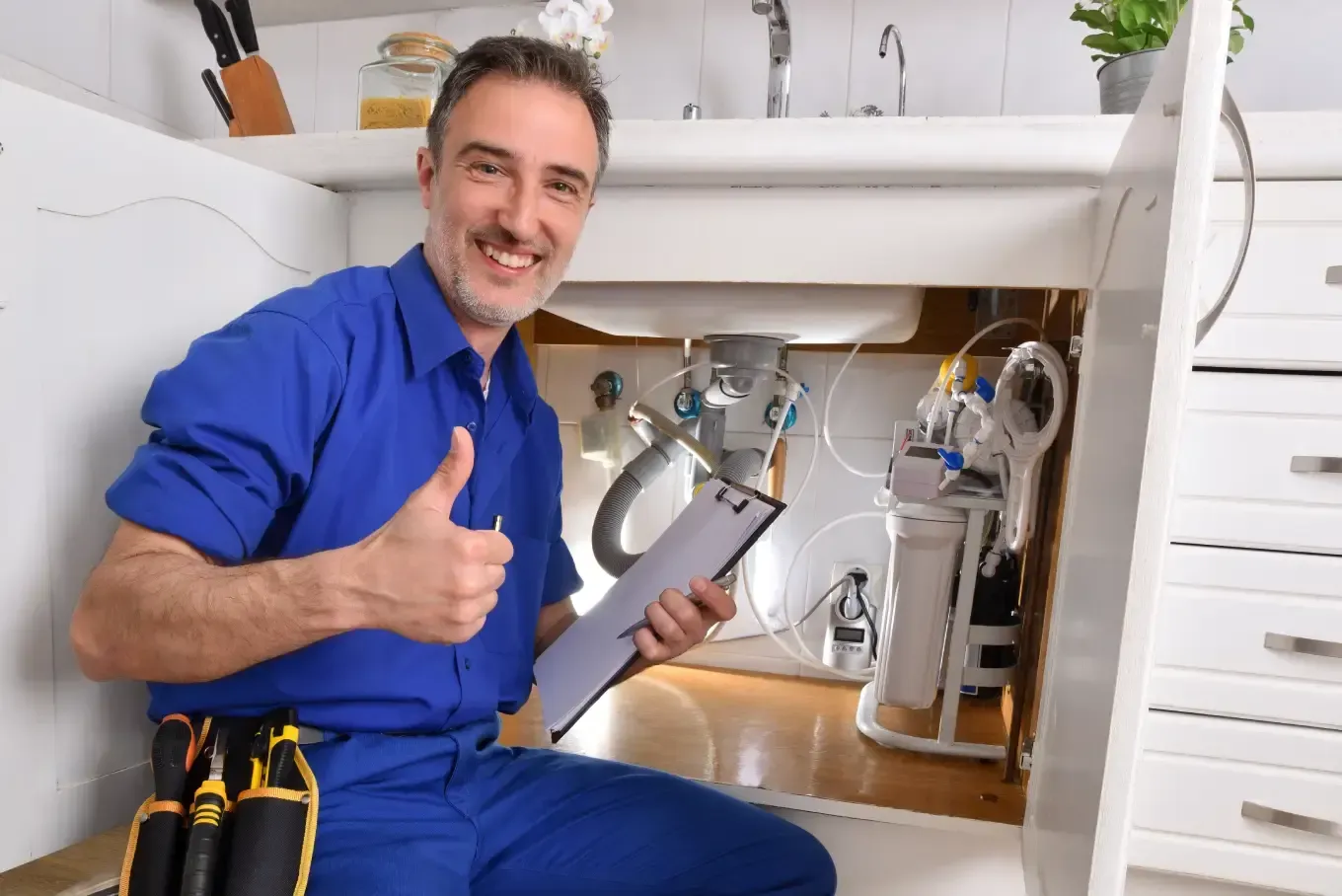
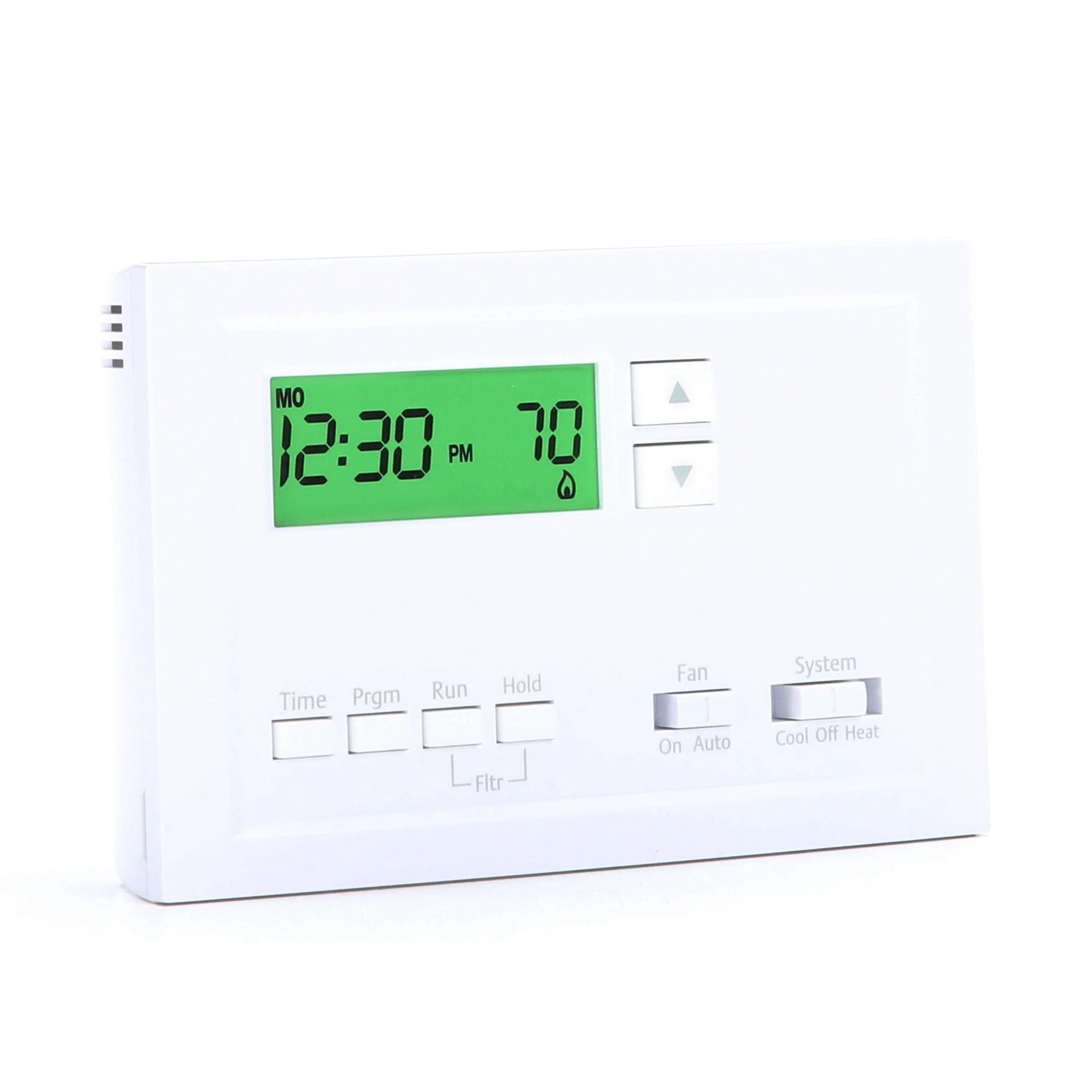
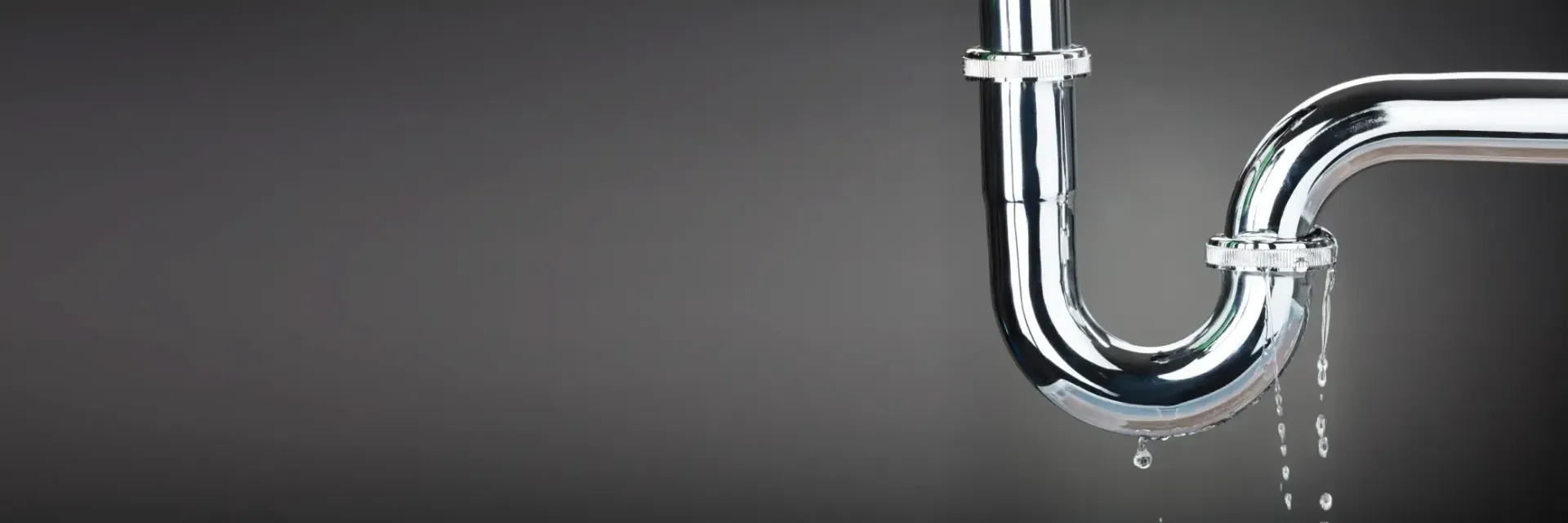
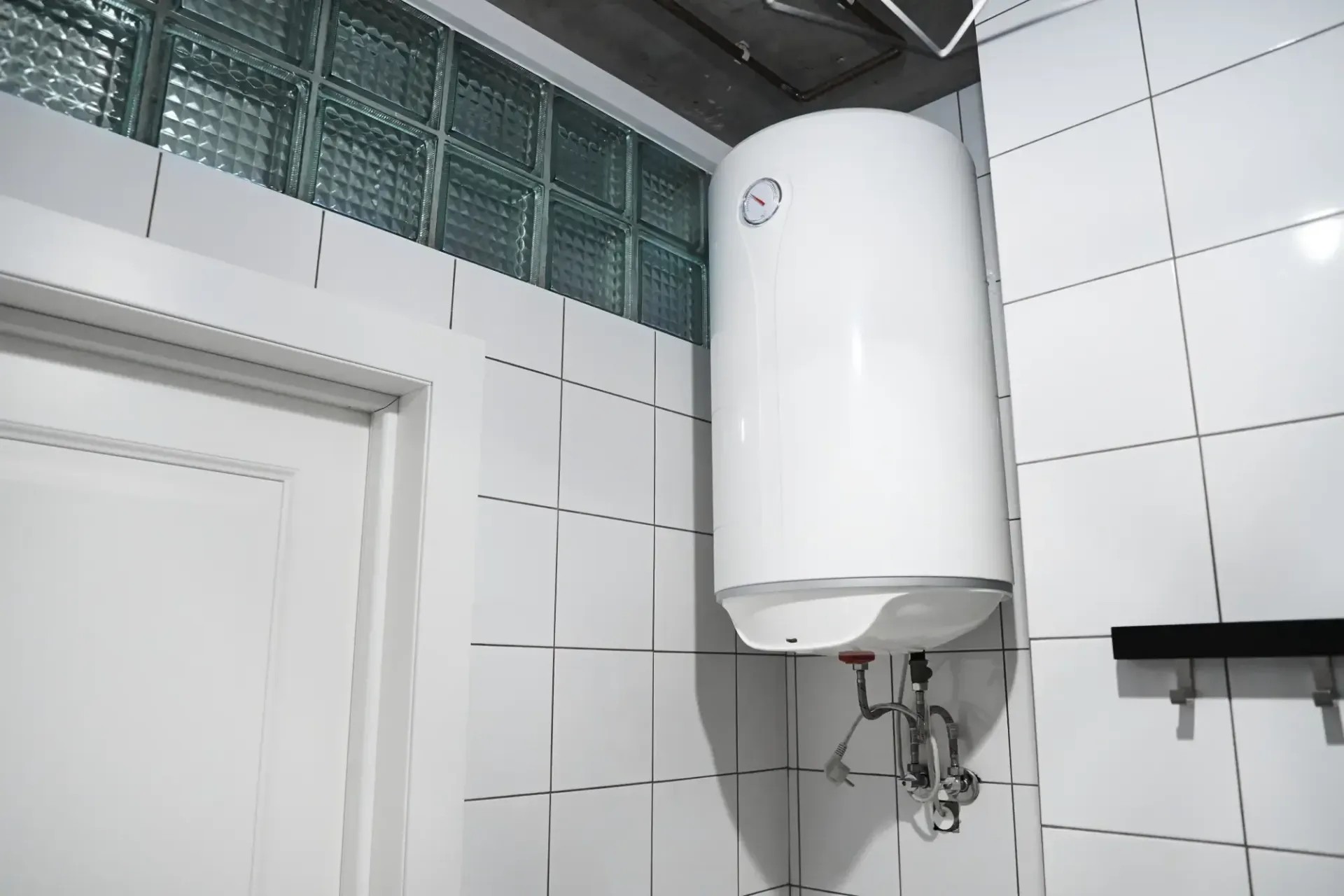
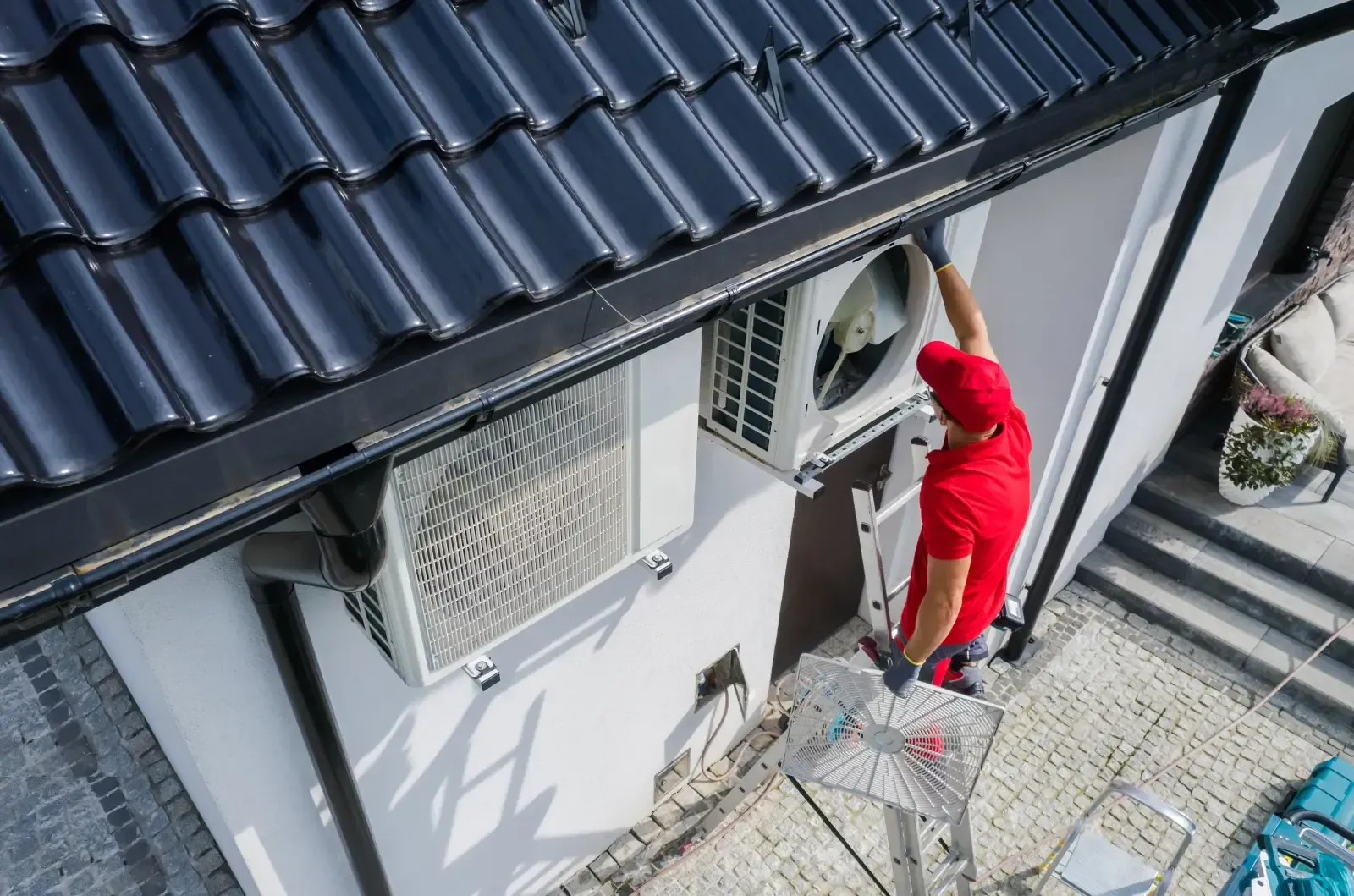
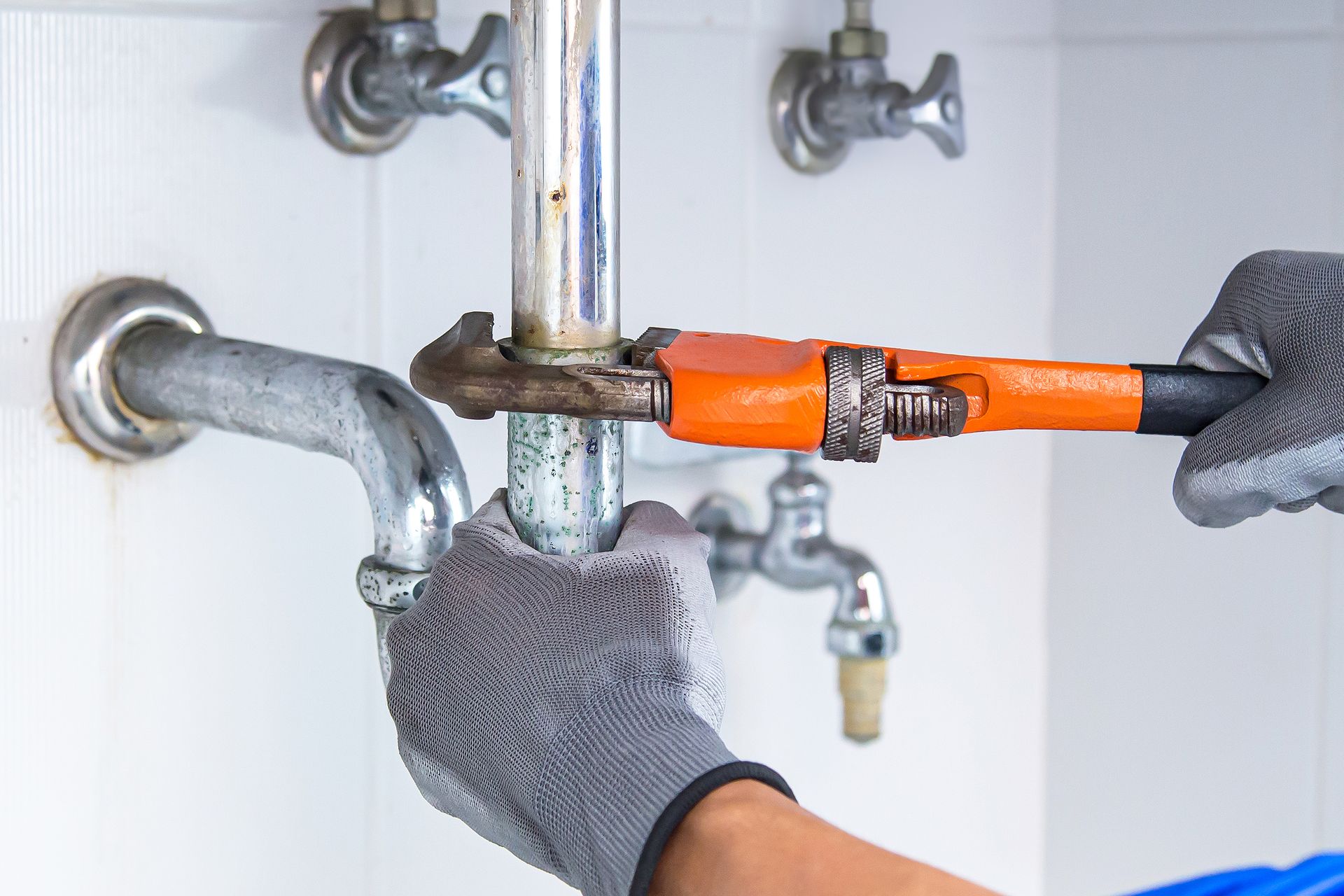
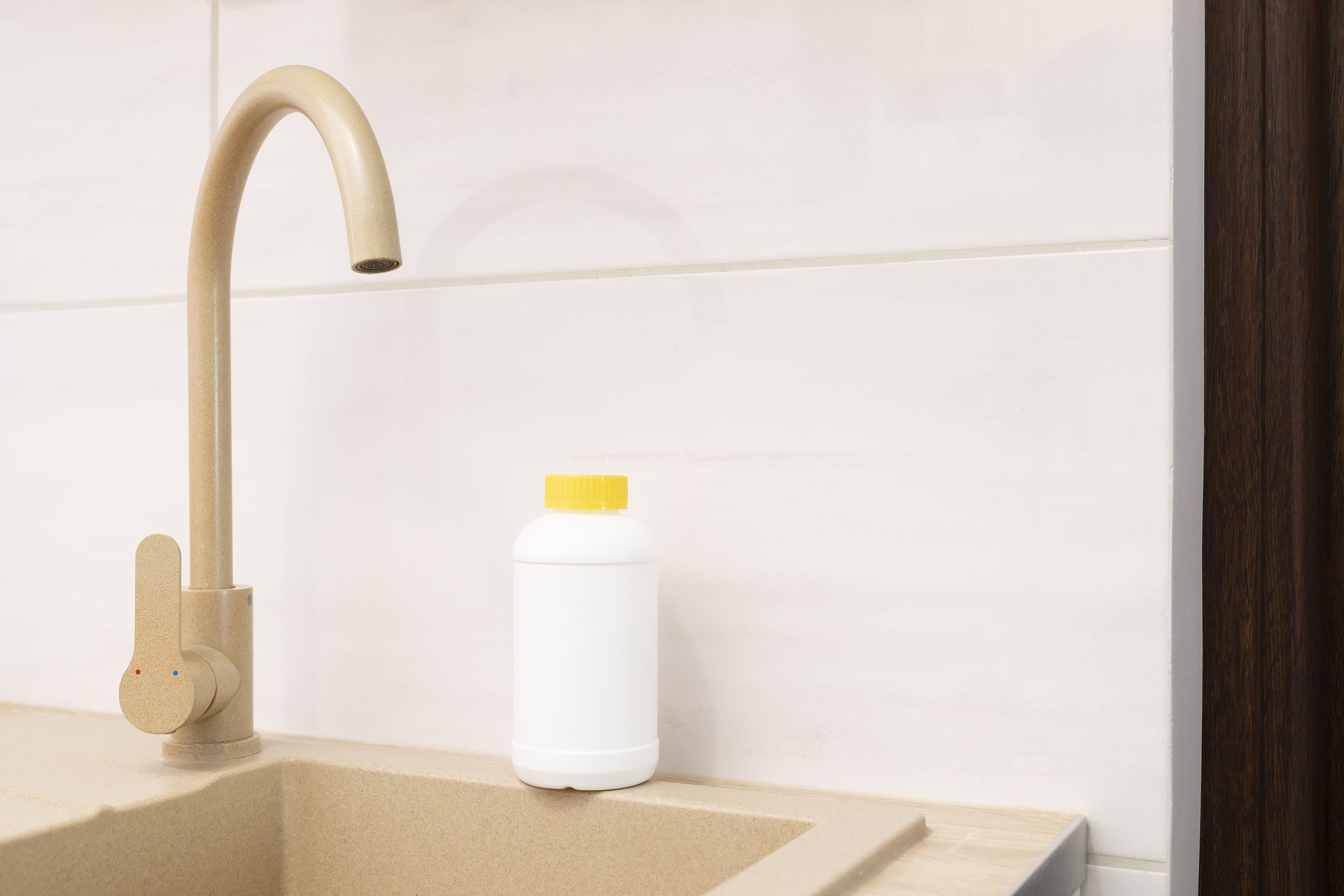
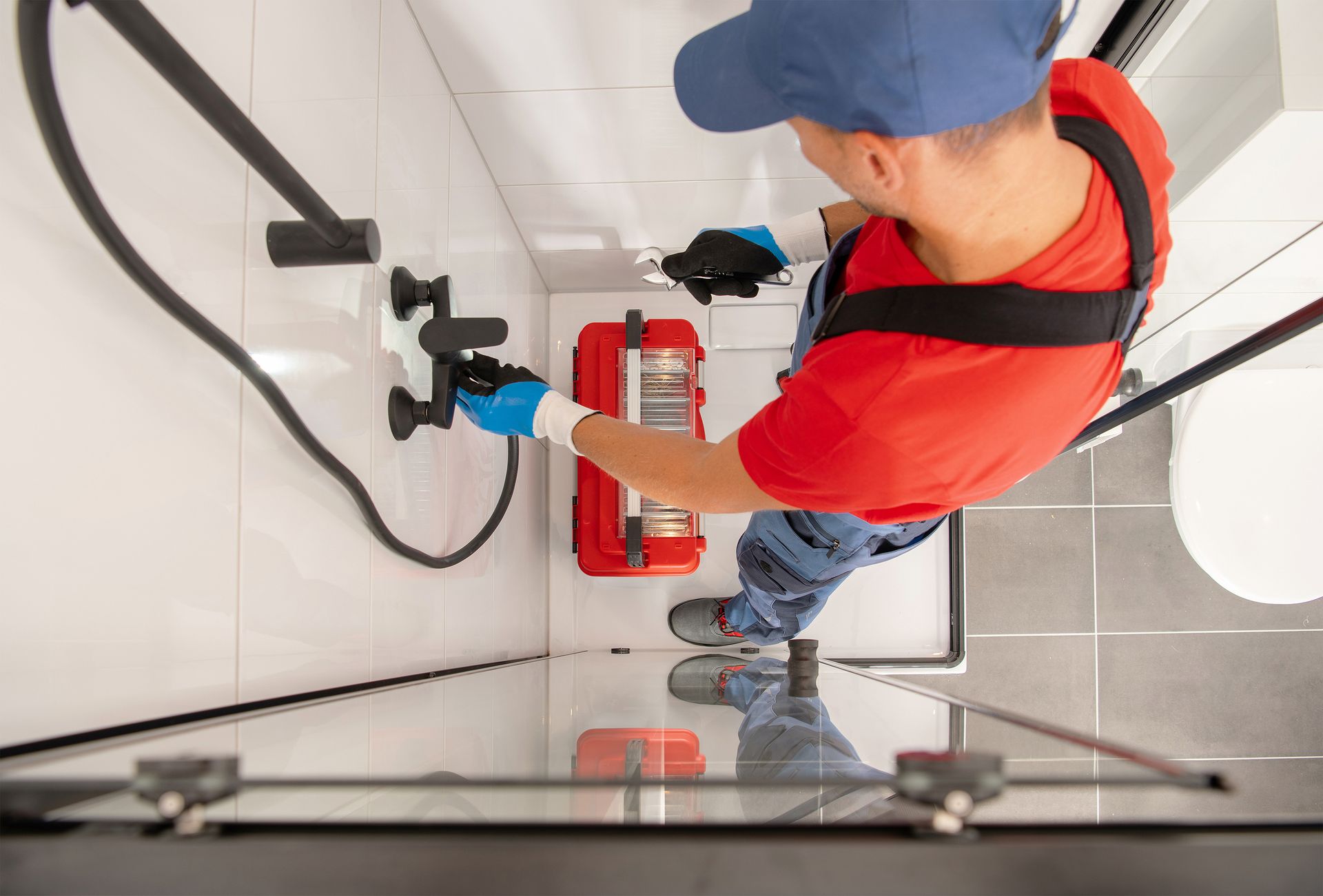
Share On: